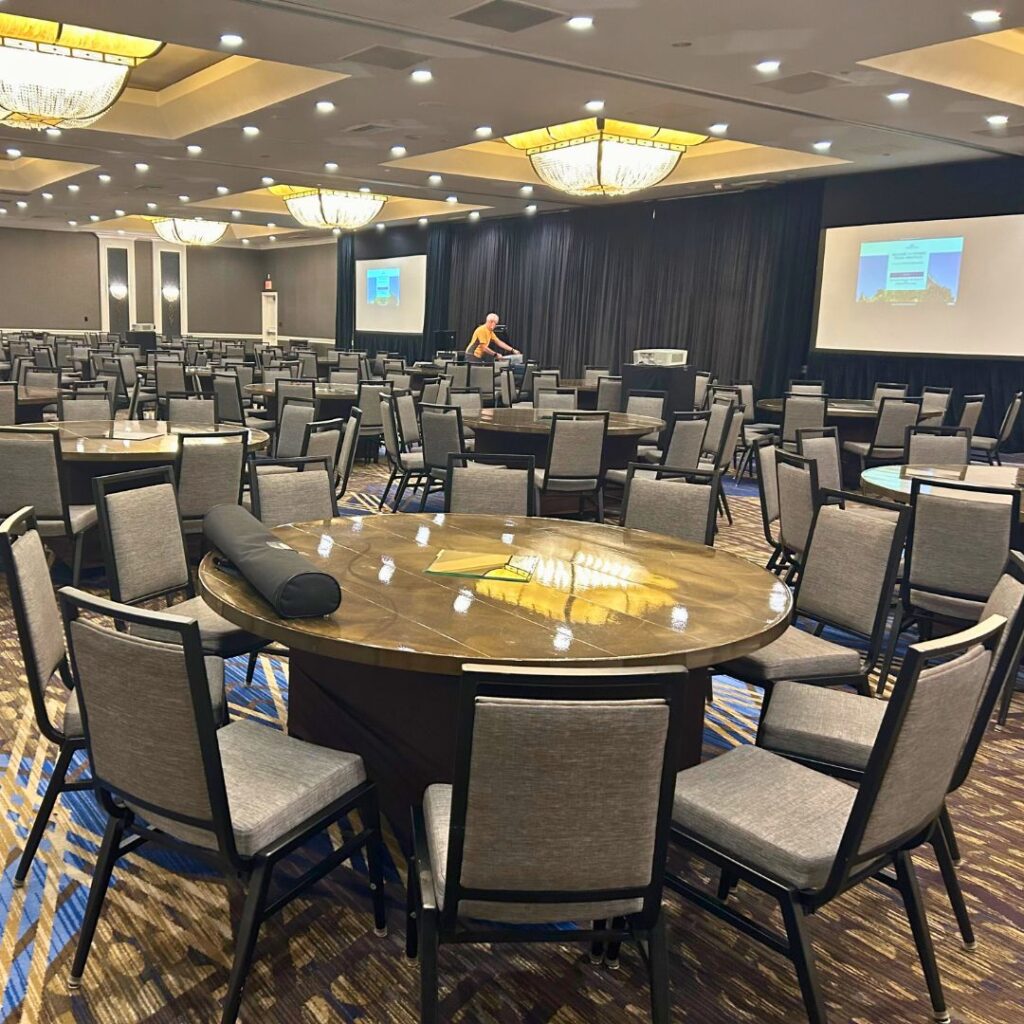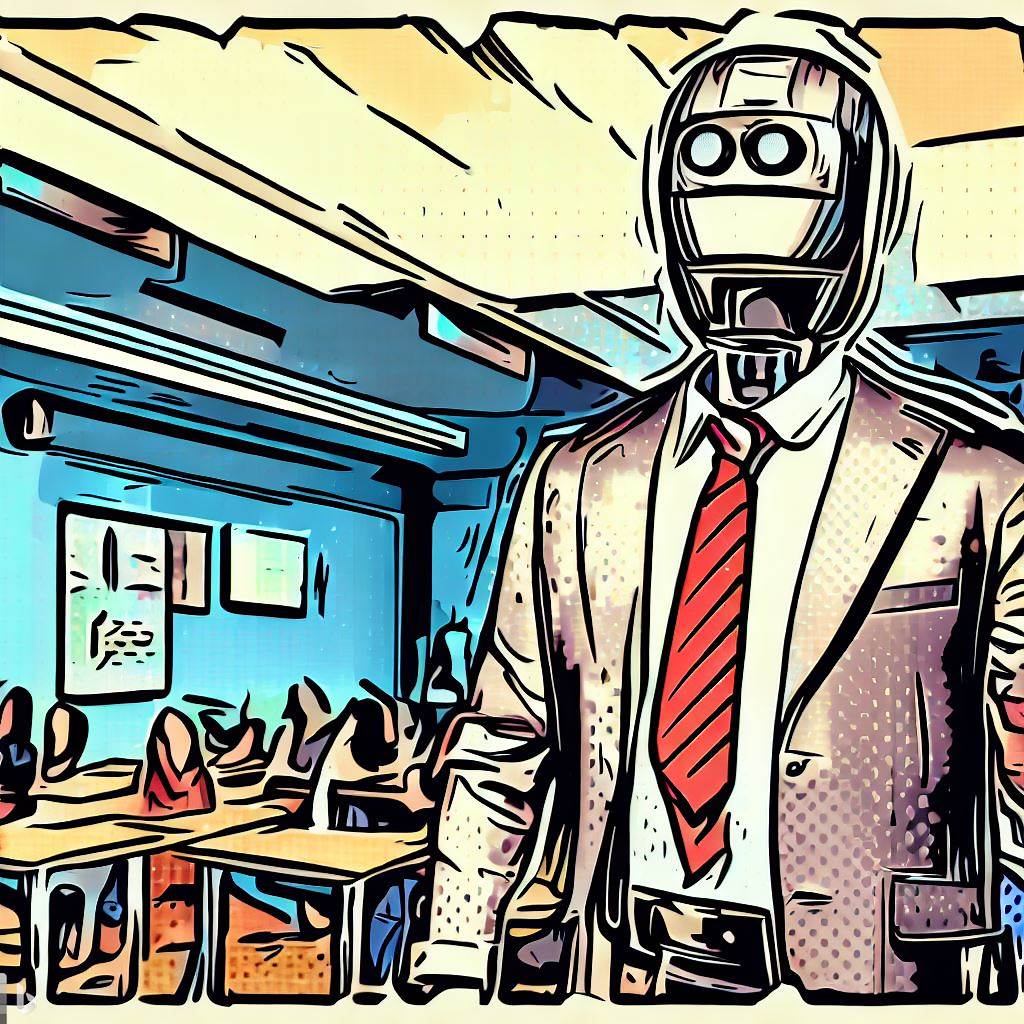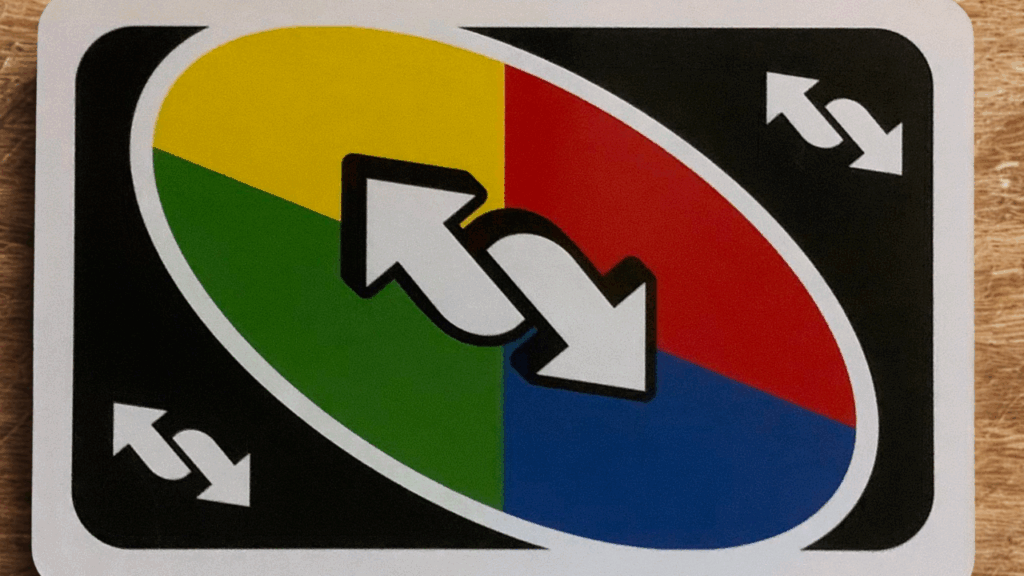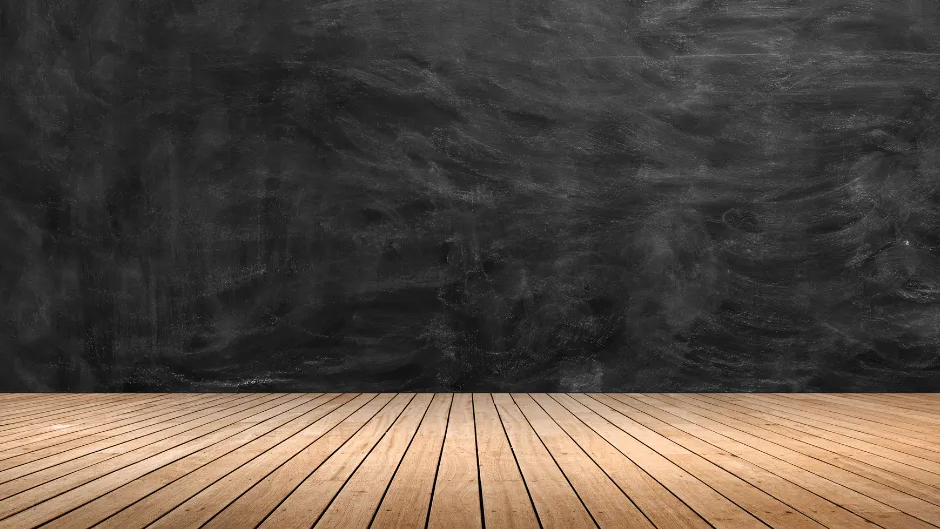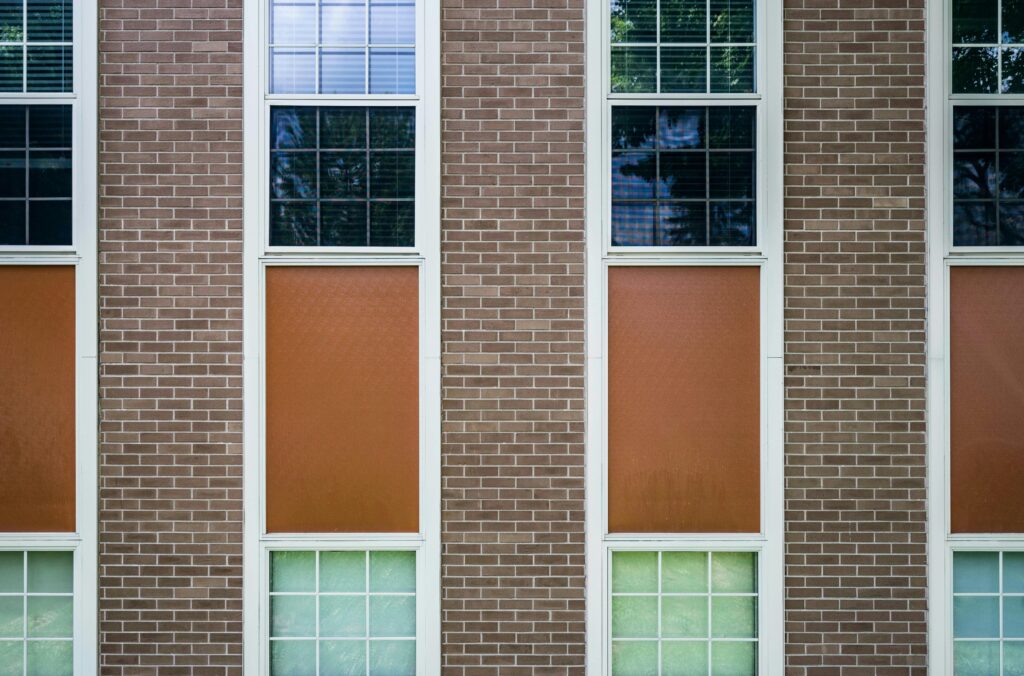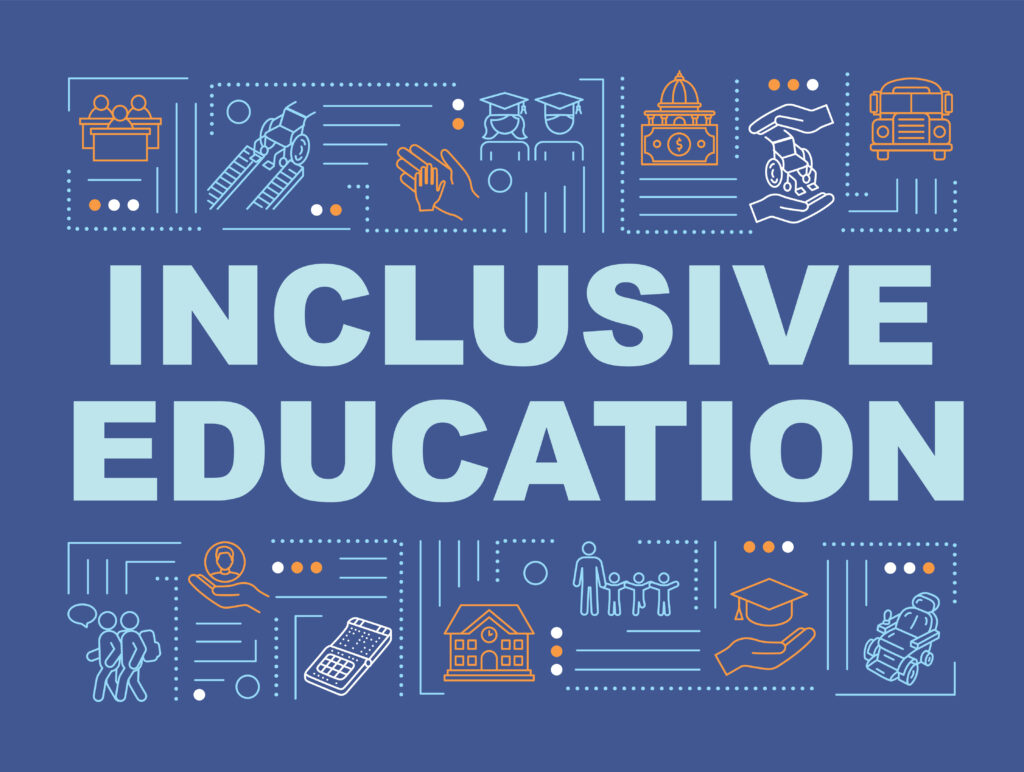MCIE Summer Institute August 6 and 7
Join us in Annapolis, Mayland on August 6 & 7 for the second annual MCIE Summer Institute. The 2-day institute is designed to provide valuable insights on inclusive school leadership, team collaboration, and specially designed instruction for educators, families, and partners on the journey towards inclusive schooling.
MCIE Summer Institute August 6 and 7 Read More »

